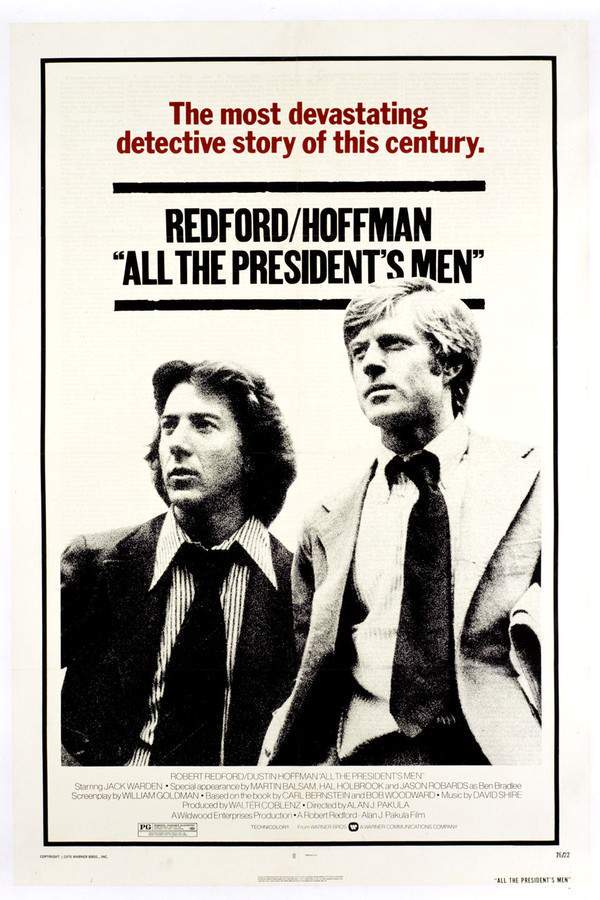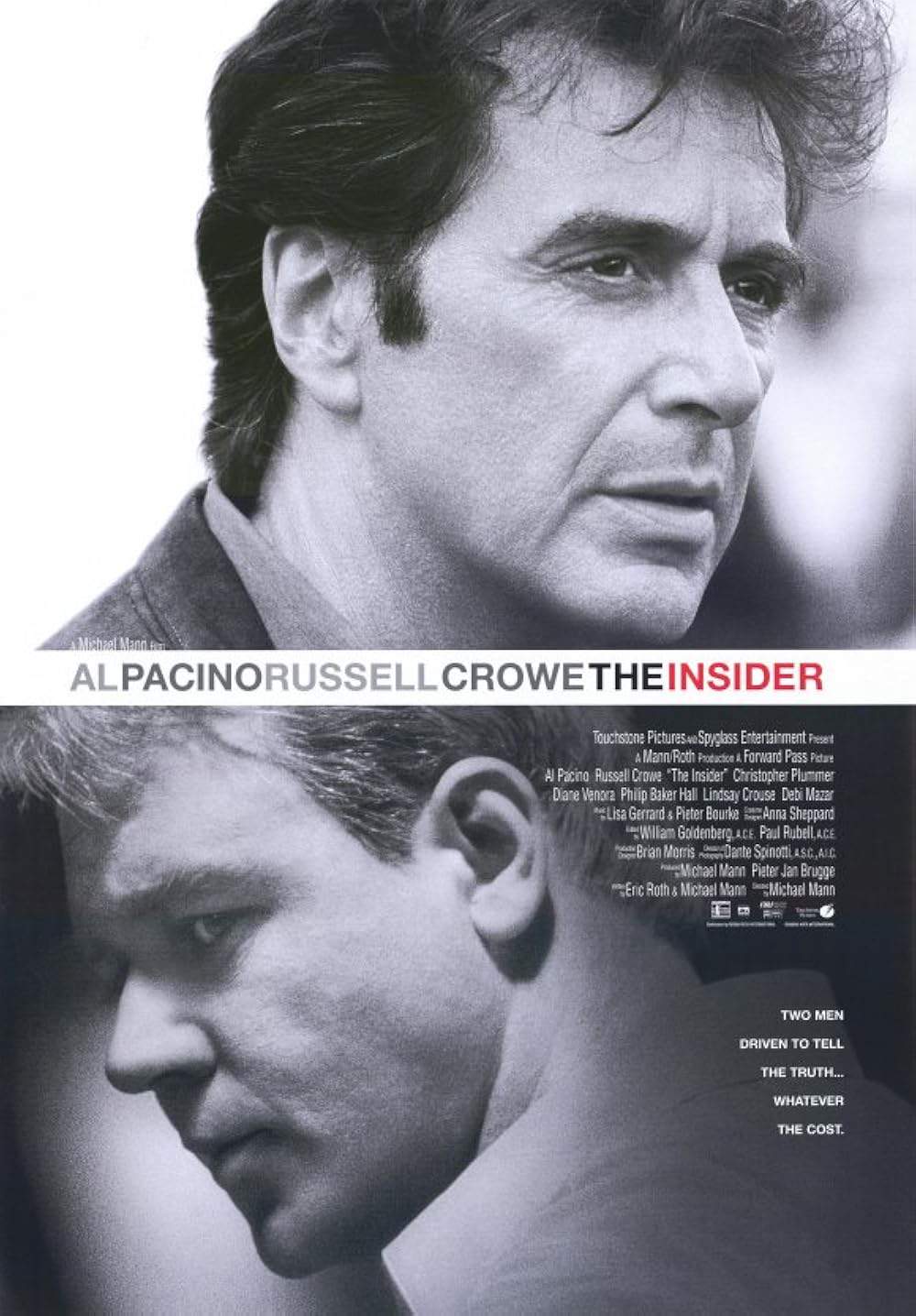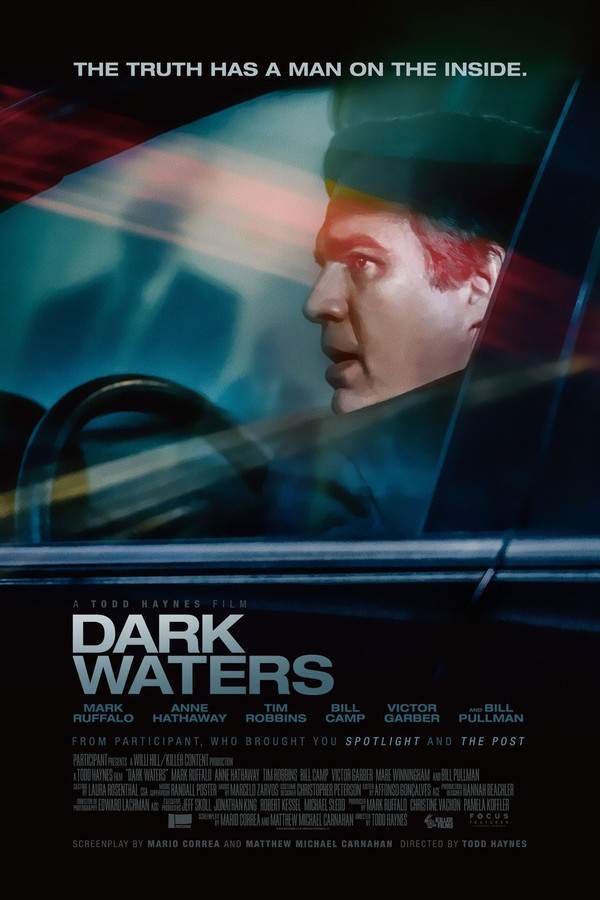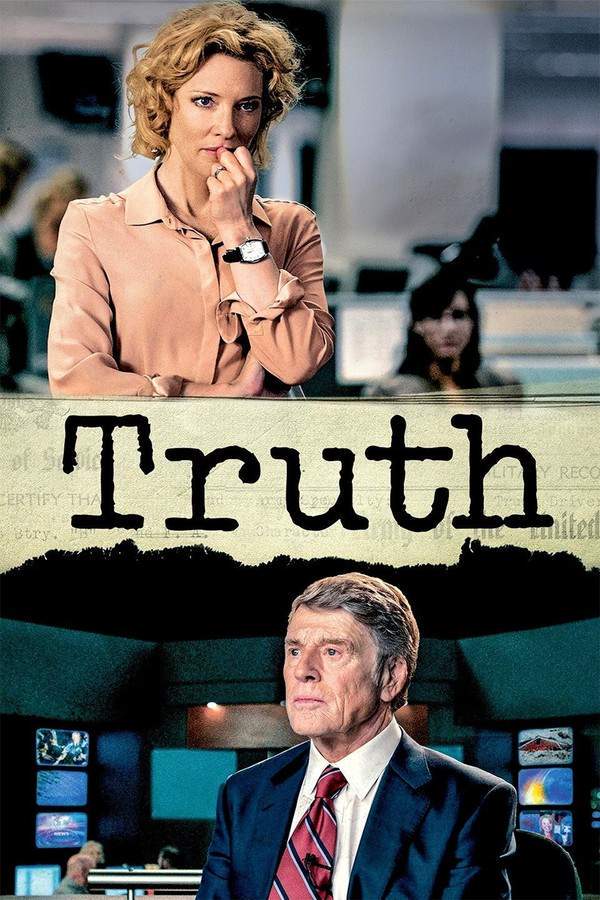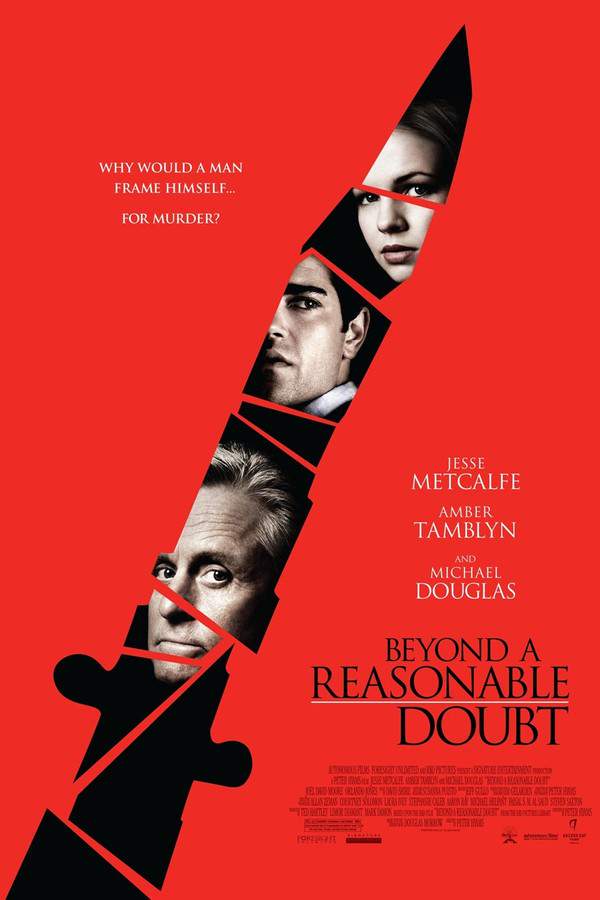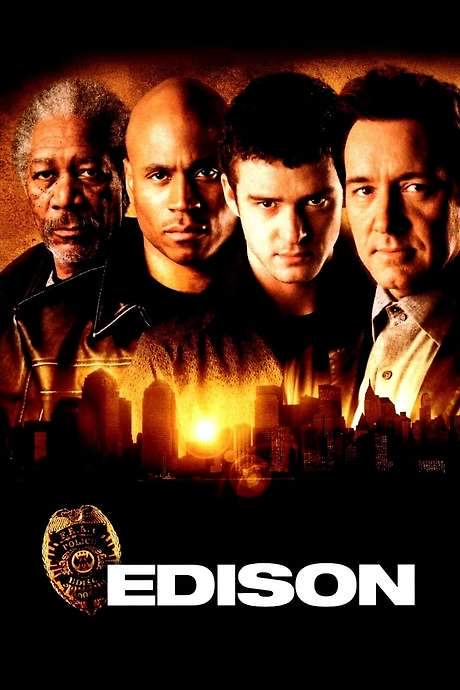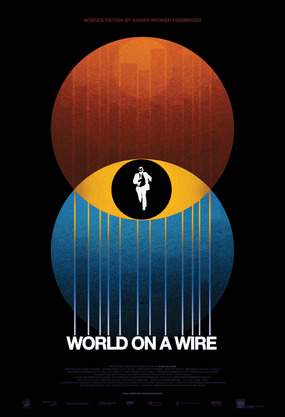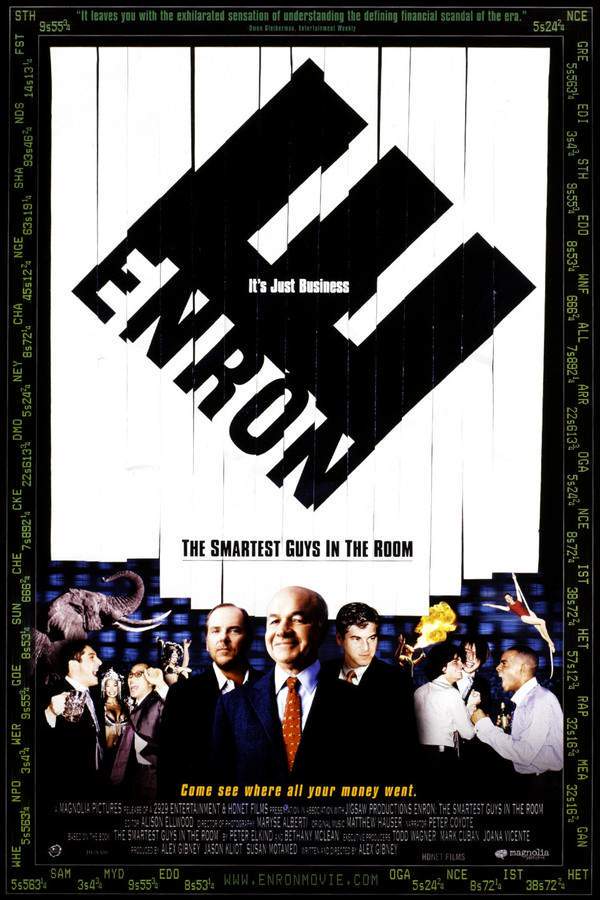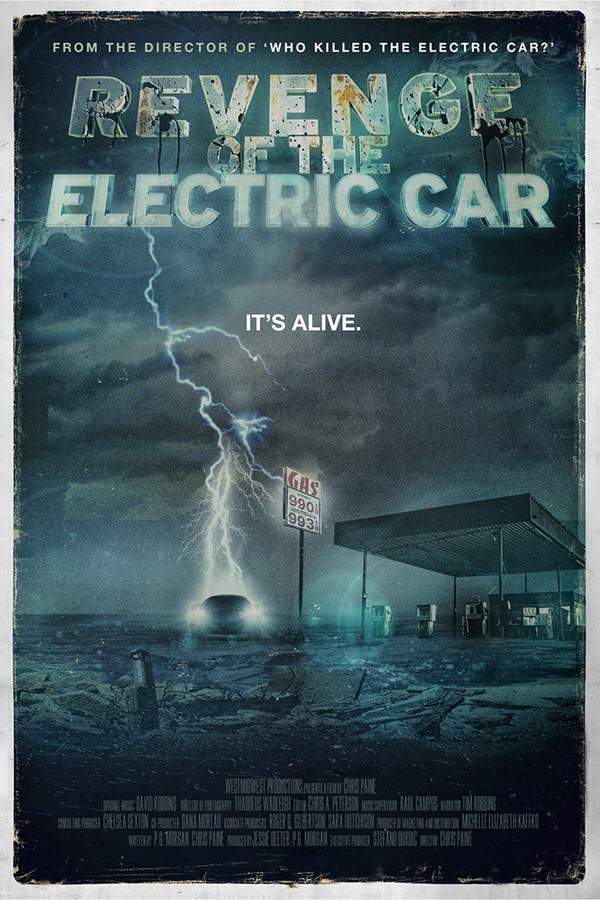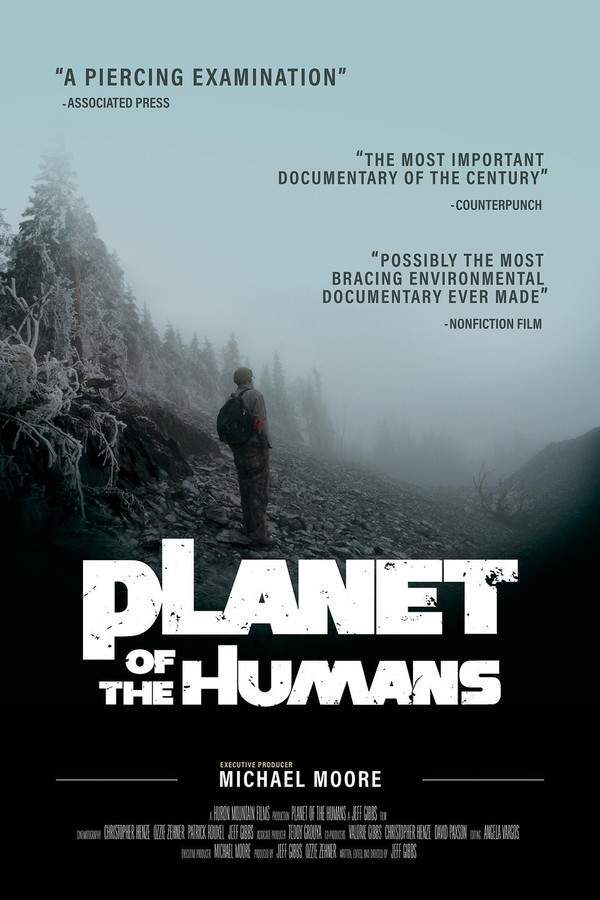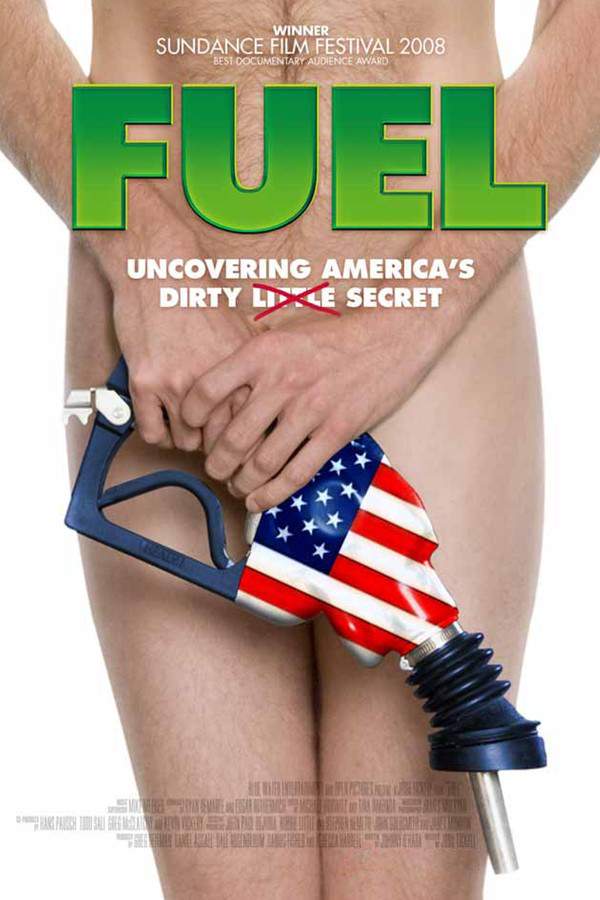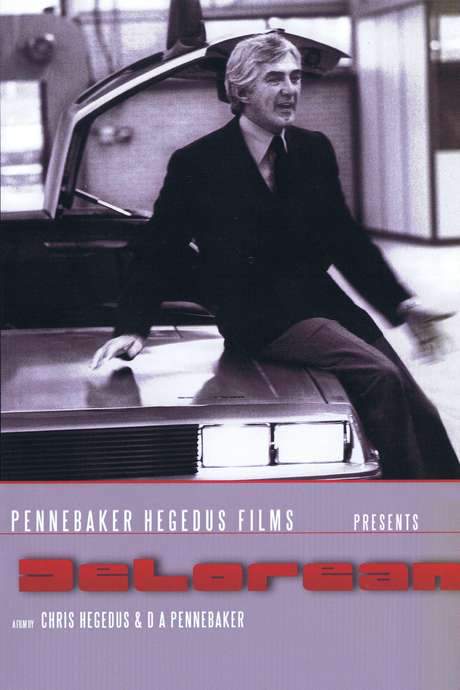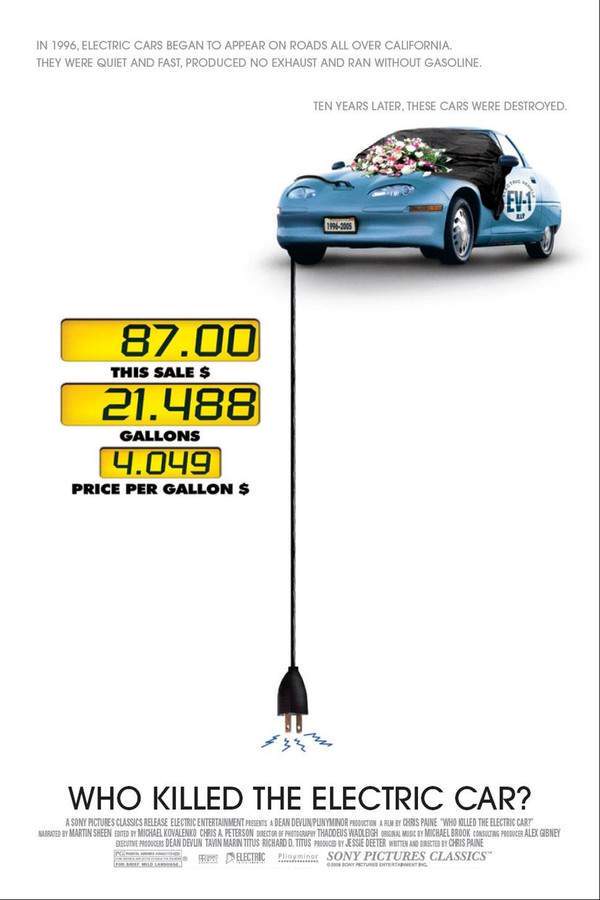
Who Killed the Electric Car?
Year: 2006
Runtime: 92 min
Language: English
Director: Chris Paine
In 1997, General Motors introduced the EV-1, an innovative electric car that challenged traditional automotive design. Offering zero emissions and eliminating the need for gasoline, oil, or routine maintenance, it appeared to be an ideal vehicle. However, just six years later, GM unexpectedly recalled and dismantled the entire fleet. This documentary explores the story behind the EV-1’s brief existence and investigates the reasons for its sudden disappearance, raising questions about the future of electric vehicles.
Warning: spoilers below!
Haven’t seen Who Killed the Electric Car? yet? This summary contains major spoilers. Bookmark the page, watch the movie, and come back for the full breakdown. If you're ready, scroll on and relive the story!
Who Killed the Electric Car? (2006) – Full Plot Summary & Ending Explained
Read the complete plot breakdown of Who Killed the Electric Car? (2006), including all key story events, major twists, and the ending explained in detail. Discover what really happened—and what it all means.
In 1996, a new wave of electric vehicles (EVs) surged onto the roads of California, capturing the imagination of a public that craved innovation. These modern marvels operated silently and swiftly, free from the pollutive grasp of gasoline, marking a promising step towards sustainable transportation. However, the optimism faded, and nearly a decade later, these advancements had all but vanished, leading to the question: Who really killed the electric car?
‘Who Killed the Electric Car’ is a gripping documentary that delves into the intricate narrative surrounding the rise and fall of the electric vehicle from the early 1990s to 2006. Directed by Chris Paine, the film combines insightful interviews and rich archival footage featuring over 65 individuals intimately connected to this enigmatic saga. Paine masterfully sets the stage with a retrospective look at the origins of electric cars, dating back to the twentieth century, and recounts how initial innovations were ultimately overshadowed by the advent of gasoline-powered internal combustion engine (ICE) vehicles, which proved to be less expensive.
As the film progresses, it highlights the dire consequences brought on by traditional gasoline vehicles, illustrated by smog, skyrocketing asthma rates in children, harmful carbon dioxide emissions, and the severe ramifications of climate change. The documentary also alludes to the U.S. military’s involvement in Middle Eastern conflicts, an issue that is noticeably overlooked in relation to the mounting costs in both human lives and finances.
The narrative shifts to 1987, when General Motors made headlines by winning the World Solar Challenge with their solar-powered car, the SunRaycer. This victory prompted then-CEO Roger Smith to challenge the design team to create a practical electric vehicle, leading to the inception of the Impact in 1990. Up until this point, the state’s Air Resources Board (CARB) had identified a pressing need for cleaner vehicles and enacted the Zero Emissions Vehicle (ZEV) Mandate in 1990. This legislation mandated that automotive manufacturers sell a progressively increasing number of zero-emission vehicles, leaving them with no substantial choice but to either comply or resist—a dual strategy they ultimately employed.
The documentary meticulously reveals the insidious tactics employed to stifle the growth of electric vehicles. Oil companies stood to lose a significant profit margin if electric vehicle sales escalated, and they conspired with others to undermine the movement. In 1996, GM initiated a leasing program for the EV1, its first electric production vehicle, while other manufacturers followed suit by converting existing models into electric variants for lease. However, despite overwhelming potential, the board at GM showed little faith in the car’s success, dismissing it as unprofitable due to high development costs and the absence of a lucrative maintenance revenue model less prevalent among electric vehicles.
The documentation underscores the poor battery technology, particularly the substandard Delco lead-acid batteries installed in the EV1, as a critical failure point. Furthermore, the marketing strategies employed were viewed as disingenuous, aiming to deter public interest rather than promote the benefits of the vehicle. The car companies countered claims advocating for renewable resources, arguing that using coal electricity for EVs would generate more pollutants than gasoline; however, experts swiftly rebutted this assertion.
Throughout the story, Alan Lloyd’s tenure as chair of CARB comes under scrutiny as he influenced significant weakening in the ZEV Mandate’s requirements, endorsing unproven hydrogen fuel cell technology while sidelining electric battery innovations that were already proving successful. As the federal government and oil lobby pressured the state to terminate the ZEV Mandate, the narrative starkly details how automakers began to shut down EV programs in 1999, shifting focus towards more lucrative gas-guzzling vehicles like the Hummer.
With the expiration of EV leases in 2004, the mass destruction of electric vehicles commenced, symbolizing the erasure of an innovative venture from the public consciousness. Chris Paine hired a helicopter to document the devastating sight of around 50 crushed EV1s at GM’s Proving Ground. Public entities rallied against this unwarranted destruction, presenting protests and identifying potential buyers eager to revive the EV1 fleet, yet GM remained unresponsive to their overtures.
In an evaluative moment, the film examines various “suspects” involved in the demise of the EV, attributing guilt across the board—from oil companies to governmental entities, automotive corporations, and even misled consumers. In a sobering conclusion, the documentary reflects on the resiliency of electric vehicle technology that has once again begun to take shape in today’s market.
The plug-in hybrid vehicle emerges as a beacon of hope, championing efforts from varied political factions to promote clean energy solutions. With escalating oil prices, burdensome military engagements, and the urgent threat of global warming, there is a mounting desire to pivot away from fossil fuel reliance. New trends in electric vehicle production are on the rise, with companies exploring solar power and battery innovations unfettered by traditional oil industry constraints.
The film concludes with a poignant reflection from January 2006, as George Bush openly accepts, “America is addicted to oil,” leaving viewers with a pressing contemplation on the shift toward a cleaner, electric future.
Last Updated: January 02, 2025 at 17:54
Explore Movie Threads
Discover curated groups of movies connected by mood, themes, and story style. Browse collections built around emotion, atmosphere, and narrative focus to easily find films that match what you feel like watching right now.
Investigative Thrillers Exposing Systemic Injustice like Who Killed the Electric Car?
Documentaries and dramas that methodically unravel a case of corporate or political corruption.If you enjoyed the methodical, tense investigation in Who Killed the Electric Car?, you'll find similar experiences in these movies. This thread groups documentaries and dramas that feel like thrillers, uncovering stories of corporate greed, political corruption, and technological suppression with a sobering, urgent tone.
Narrative Summary
The narrative follows a journalistic or activist pursuit of truth against a formidable, often faceless, opponent like a corporation or government body. The story unfolds through interviews, archival footage, and a logical presentation of evidence, building a compelling case that culminates in a revelation of wrongdoing, though the ending may feel ambiguous due to the ongoing nature of the real-world conflict.
Why These Movies?
Movies in this thread share a specific mood blend of intellectual engagement, rising frustration, and critical urgency. They are united by a steady, methodical pacing that builds a case, a tense tone driven by high stakes, and a heavy emotional weight stemming from the real consequences of the injustice being exposed.
Sobering Stories of Technological Suppression like Who Killed the Electric Car?
Narratives about promising innovations crushed by powerful opposing interests.For viewers who were fascinated and angered by the story of the EV-1 in Who Killed the Electric Car?, this thread finds similar movies about suppressed technologies. These films explore the clash between innovation and powerful established interests, resulting in narratives that are both fascinating and deeply frustrating.
Narrative Summary
The narrative introduces a groundbreaking idea or technology with the potential to change the world for the better. The central conflict arises as powerful entities—often corporations or industries threatened by the change—work systematically to discredit, buy out, or destroy the innovation. The journey is typically one of idealism clashing with cynical realpolitik, leading to a bittersweet or ambiguous ending where the idea's potential is acknowledged but its immediate future is uncertain.
Why These Movies?
These movies are grouped by their shared thematic core of innovation versus obstruction. They generate a specific emotional mix: the excitement of discovery paired with the frustration of witnessing its suppression. The tone is consistently critical and urgent, driven by a sense of injustice and the high stakes involved for society.
Unlock the Full Story of Who Killed the Electric Car?
Don't stop at just watching — explore Who Killed the Electric Car? in full detail. From the complete plot summary and scene-by-scene timeline to character breakdowns, thematic analysis, and a deep dive into the ending — every page helps you truly understand what Who Killed the Electric Car? is all about. Plus, discover what's next after the movie.
Who Killed the Electric Car? Timeline
Track the full timeline of Who Killed the Electric Car? with every major event arranged chronologically. Perfect for decoding non-linear storytelling, flashbacks, or parallel narratives with a clear scene-by-scene breakdown.

Characters, Settings & Themes in Who Killed the Electric Car?
Discover the characters, locations, and core themes that shape Who Killed the Electric Car?. Get insights into symbolic elements, setting significance, and deeper narrative meaning — ideal for thematic analysis and movie breakdowns.

Who Killed the Electric Car? Spoiler-Free Summary
Get a quick, spoiler-free overview of Who Killed the Electric Car? that covers the main plot points and key details without revealing any major twists or spoilers. Perfect for those who want to know what to expect before diving in.

More About Who Killed the Electric Car?
Visit What's After the Movie to explore more about Who Killed the Electric Car?: box office results, cast and crew info, production details, post-credit scenes, and external links — all in one place for movie fans and researchers.

Similar Movies to Who Killed the Electric Car?
Discover movies like Who Killed the Electric Car? that share similar genres, themes, and storytelling elements. Whether you’re drawn to the atmosphere, character arcs, or plot structure, these curated recommendations will help you explore more films you’ll love.
Explore More About Movie Who Killed the Electric Car?
Who Killed the Electric Car? (2006) Scene-by-Scene Movie Timeline
Who Killed the Electric Car? (2006) Movie Characters, Themes & Settings
Who Killed the Electric Car? (2006) Spoiler-Free Summary & Key Flow
Movies Like Who Killed the Electric Car? – Similar Titles You’ll Enjoy
Enron: The Smartest Guys in the Room (2005) Plot Summary & Ending Explained
Revenge of the Electric Car (2011) Plot Summary & Ending Explained
Planet of the Humans (2020) Full Summary & Key Details
Fuel (2009) Story Summary & Characters
Search for the Super Battery (1000) Ending Explained & Film Insights
Newman (2015) Plot Summary & Ending Explained
Tesla: Master of Lightning (2000) Plot Summary & Ending Explained
Happening: A Clean Energy Revolution (2017) Story Summary & Characters
Planet of the Humans (2019) Story Summary & Characters
Teslafy Me (2019) Story Summary & Characters
DeLorean (1981) Ending Explained & Film Insights
Deadly Deception: General Electric, Nuclear Weapons and Our Environment (1991) Ending Explained & Film Insights
Killing Cars (1986) Story Summary & Characters
The Electric Chair (1976) Plot Summary & Ending Explained
Taken for a Ride (1996) Plot Summary & Ending Explained

